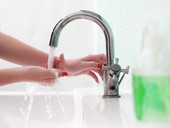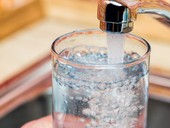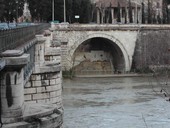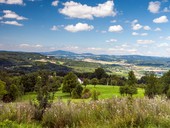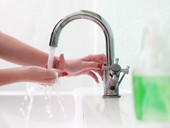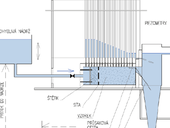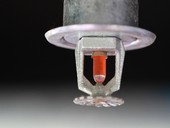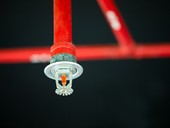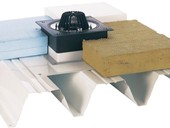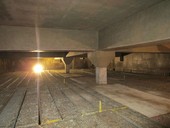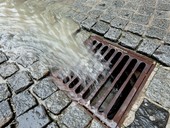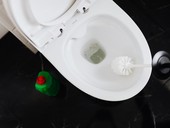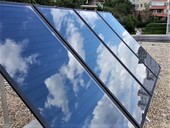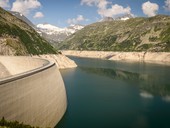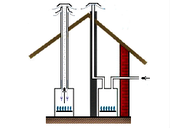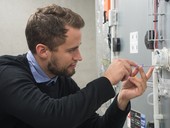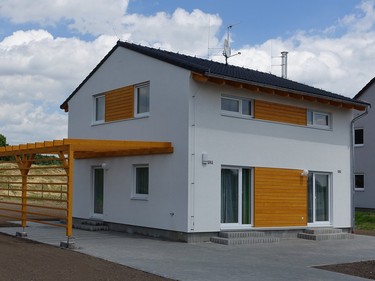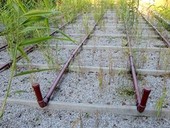Influence of Heat Transfer Between Hot and Cold Water Pipes on the Growth of the Legionella Bacteria
The article deals with the influence of heat transfer between hot and cold water pipes on the growth of Legionella bacteria, which is a significant problem in hot water preparation and distribution systems. Legionella bacteria need a very specific environment for their formation, where systems for the preparation and distribution of hot water are the ideal place for its growth. The conditions for the growth of Legionella were investigated by numerical simulations of heat conduction in the calculation program CalA 4.0 Several variants differing in geometrical arrangement of the pipes and the thickness of the thermal insulation of the pipe were simulated. The results of the simulations confirm the need to insulate the water pipes in order to prevent the growth of Legionella.
